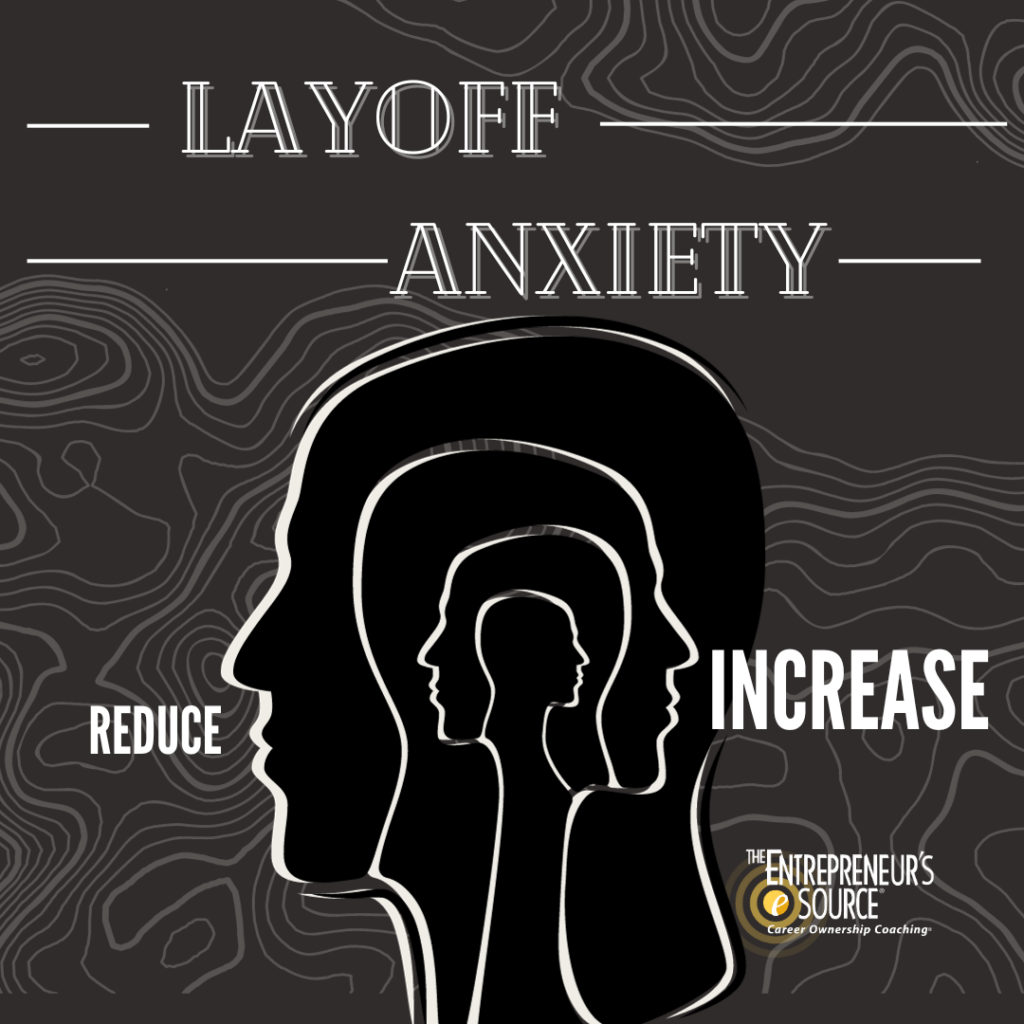How To Overcome Burnout And Avoid Quiet Quitting

After witnessing more than four decades of complex business cycles featuring changing corporate buzzwords, the heart of the conversation remains the same: If you don’t act, someone else will. So don’t settle for the status quo or take the easy way out by joining the “quiet quitting” contingent. Take action and discover your unique path to secure your ideal future.
What is quiet quitting?
As part of the mass exodus known as the Great Resignation, more than 47.4 million people quit their jobs in 2021 to find new opportunities with better pay and work-life balance. Although people continue to quit in record numbers, a new trend is emerging.
Rather than move on to greener pastures, employees are quiet quitting. In other words, they’re silently pulling back and doing the bare minimum. Workers are accomplishing all their basic responsibilities at the office, but they are refusing to work late or go the extra mile. People who are quiet quitting make a conscious decision to stop being emotionally invested in their job and are just going through the motions to get a paycheck.
Why are people quiet quitting?
To put it bluntly, quiet quitting is the extreme reaction of employees who have ineffective management and lack a well-defined future.
Burnout is leading at least 50% of the workforce to adopt the practice of quiet quitting, according to a new Gallup poll of 15,091 workers. The growing divide between employees and their employers is on the rise. An additional 18% of employees said they were actively disengaged at their jobs, leaving only 32% of the U.S. workforce engaged.
As employees gain experience and comfort in their roles, adopting more duties—often called “job creep” in human resources circles—is inevitable. The chaos of the past two years turned the natural creep into an invasion as management coped with hardship and uncertainty. Employers relied on staff to be flexible and take on extra duties.
According to a 2021 study from the American Psychological Association, roughly 60% of American workers had experienced negative effects of work-related stress in the past month. At the same time, managers turned their focus away from helping employees develop and grow in their careers as they tried to keep the business afloat amid the pandemic.
Employees are now struggling to understand new workplace expectations and the company’s vision. Coping with rising costs due to inflation and stagnant pay is taking a toll. Rather than working harder to move up the corporate ladder, apathy sets in and people shut down their computers to find ways to enrich their lives outside of the office.
If water cooler gossip is sparking rumors of “quiet quitting” taking place at your corporate workplace, it’s time to take action. Here’s how:
Advocate for workplace engagement.
Senior leadership needs to reevaluate employee benefits to create a welcoming environment. They should already be implementing fitness benefits, offering flexible schedules and installing quiet spaces at the office to help improve morale.
If you are in a management role, alleviating the epidemic of quiet quitting rests partially on your shoulders. You can get the ball rolling by focusing on your team. Take time to understand the strengths and weaknesses of the people who report to you. By engaging with your team, conducting regular one-on-ones and recognizing their achievements, you can reduce quiet quitting and create a positive atmosphere.
Beware of quiet firing.
There’s a newer insidious term being bandied around the workplace as many people pare down their workload. If you think you hit the jackpot as you spend your days doing the bare minimum, could it be that you are actually a victim of “quiet firing?”
With a likely recession on the horizon, companies are tightening their purse strings and evaluating ways to cut costs. Rather than implementing layoffs, some workplaces are quiet firing their employees. You won’t find this practice detailed in your company’s human resources manual, but it has been happening in the corporate world for years. Managers cut off feedback and stop developing an employee’s skills with the hope they will quit.
Stop the cycle.
Lack of job security and engagement is forcing hard-working Americans to make some tough choices about their future. If you are feeling unappreciated and are ready to throw in the towel at the office, there are steps you can take to end the cycle of “quiet quitting” or identify “quiet firing.”
- Talk to your boss. Having hard conversations about your career path can be intimidating, but it’s an important step to helping you achieve your goals. Before your conversation, outline the needs and challenges you want to cover. It can also be helpful to outline some expectations that will improve your work experience and allow you to gain enthusiasm for your role.
- Find a new job. If you are unfulfilled in your current role, it’s time to pound the pavement and find a new job. Start building your network, and learn about new opportunities that align with your skill set and financial goals.
- Launch a side hustle. Turn your favorite hobby into a profitable side hustle. A side hustle is a way to make money outside of your full-time job and is becoming a popular tool to pursue your passion and earn some extra cash. Remarkably, nearly 40% of Americans have a side hustle, up from 34% in December 2020, according to a report by Zapier, a software company.
- Explore your options. Quiet quitting can take a toll on your mental health. Explore your options to determine if you are on the right path. Career coaching can offer independent guidance from a person who does not have a stake in the outcome. It can help you determine your goals and explore your options, possibilities and dreams.
Whether you turn a side hustle into a business, find career mobility at your current job or explore a position with a new company, you can rise above quiet quitting and achieve career satisfaction and work-life balance.
Share this post:
Related Press
Your Trusted Resource for Career Ownership Coaching™ for helpful hints, best practices, anything related to career ownership.
SCORE Foundation – WASHINGTON, D.C. – July 5, 2023
New SCORE Foundation Corporate Sponsors to Support Aspiring Business Owners and Entrepreneurs WASHINGTON, D.C. – July 5, 2023 – The SCORE Foundation, the philanthropic arm of SCORE, the nation’s largest network of volunteer, expert business mentors, today announced new underwriting support from The Entrepreneur’s Source, and Charter Communications Inc. Their combined financial resources will help…
Reduce Layoff Anxiety By Increasing Your Self-Sufficiency
As the “everything bubble” threatens to pop, Wall Street players are scrambling to slash staff and save investor confidence in the never-ending cycle of boom and bust. However, the real heartbeat of the American Dream is entrepreneurial in nature and flourishing. So now it’s your turn: Do you plan to cope with layoff anxiety…
The Economic Weather Forecast: How To Dress For Financial Storms
In my nearly four decades of navigating business, I have seen several macroeconomic weather events come and go. One thing is always true: It’s less about the forecast and more about how you dress for it. If you get too accustomed to swimming in the labor market or stock market pools with nothing but…


